Apple iPhone XS vs Apple iPhone X

Review index
Design | Face ID | Display | Interface | Performance and Memory | Camera | Multimedia | Call quality | Battery life | ConclusionApple shook things up last year with the introduction of the iPhone X, a phone that ushered the company into a new era of smartphone design. It was pegged as the ultra-premium offering in Apple’s lineup, a cut above the iPhone 8 and 8 Plus, and introduced a ton of new features to the series that we hadn’t seen before – like Face ID, Animoji, and yes, the controversial notch.
These are the type of questions we intend on answering in this comparison, so if you’re curious as well, please do read on!
Design
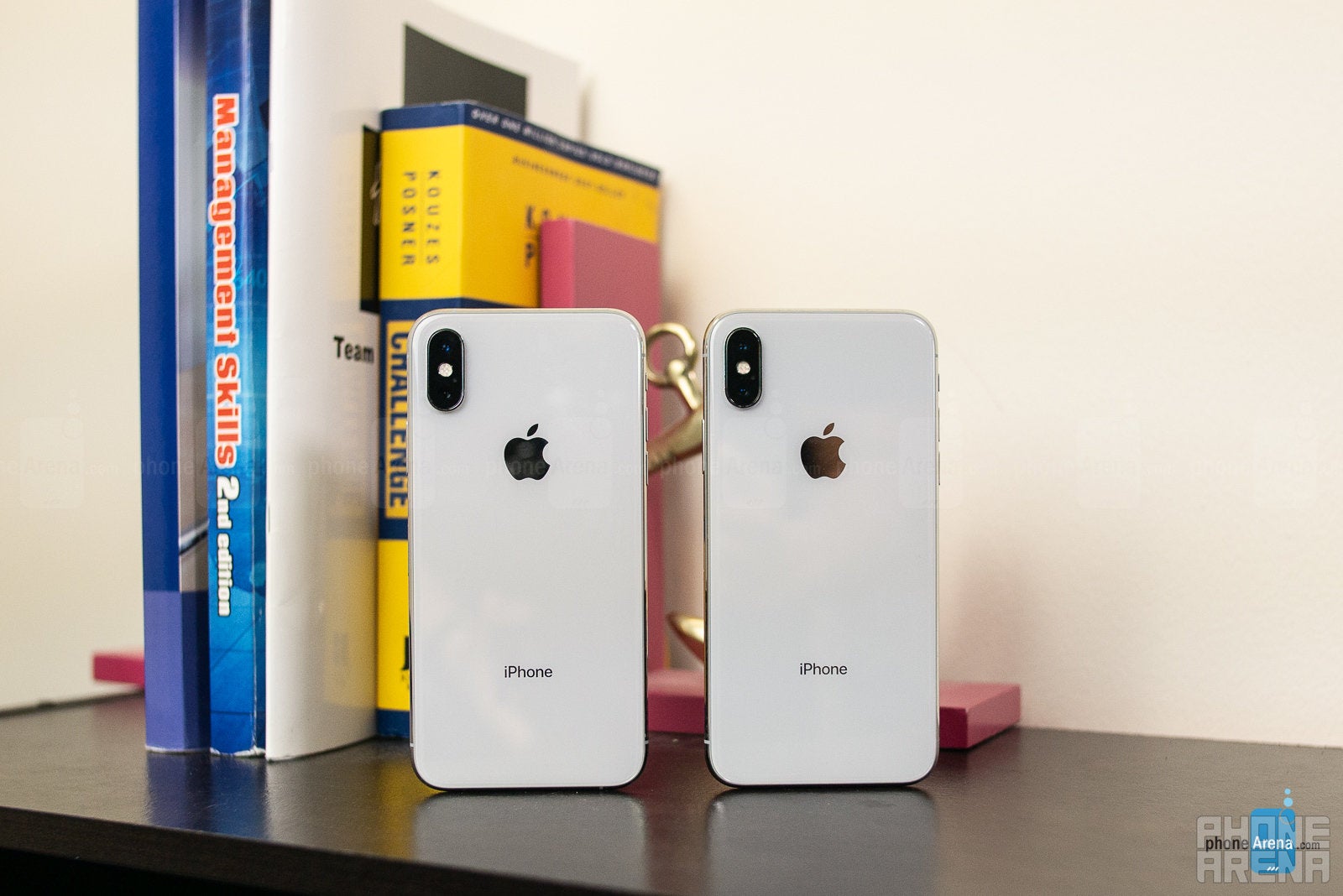
If there’s one major difference with the designs, it’s that the iPhone XS provides better water and dust resistant IP68 rating – whereas the iPhone X features an IP67 rating. The difference in this is basically that the iPhone XS is tested to survive under 2 meters of water for 30 minutes, versus the iPhone X which is tested at a depth of 1 meter. Another key differentiating factor is that the iPhone XS is available in a third color – gold – while the iPhone X comes only in silver or space gray. Beyond that, the designs of the two phones are practically are identical.
Face ID
The iPhone X introduced Face ID last year, which offers one of the most accurate and detailed facial recognition technologies on a phone. Naturally, Apple has revised it for the iPhone XS to make the recognition process faster. In reality, though, we don’t see a significant change in that, as the iPhone X recognizes and unlocks in just about the same time as the XS. The newer TrueDepth camera in the iPhone XS still isn’t perfect, as a variety of factors can hinder it. For example, we still sometimes find it having difficulties under bright sunny days or when we’re wearing sunglasses.
Display
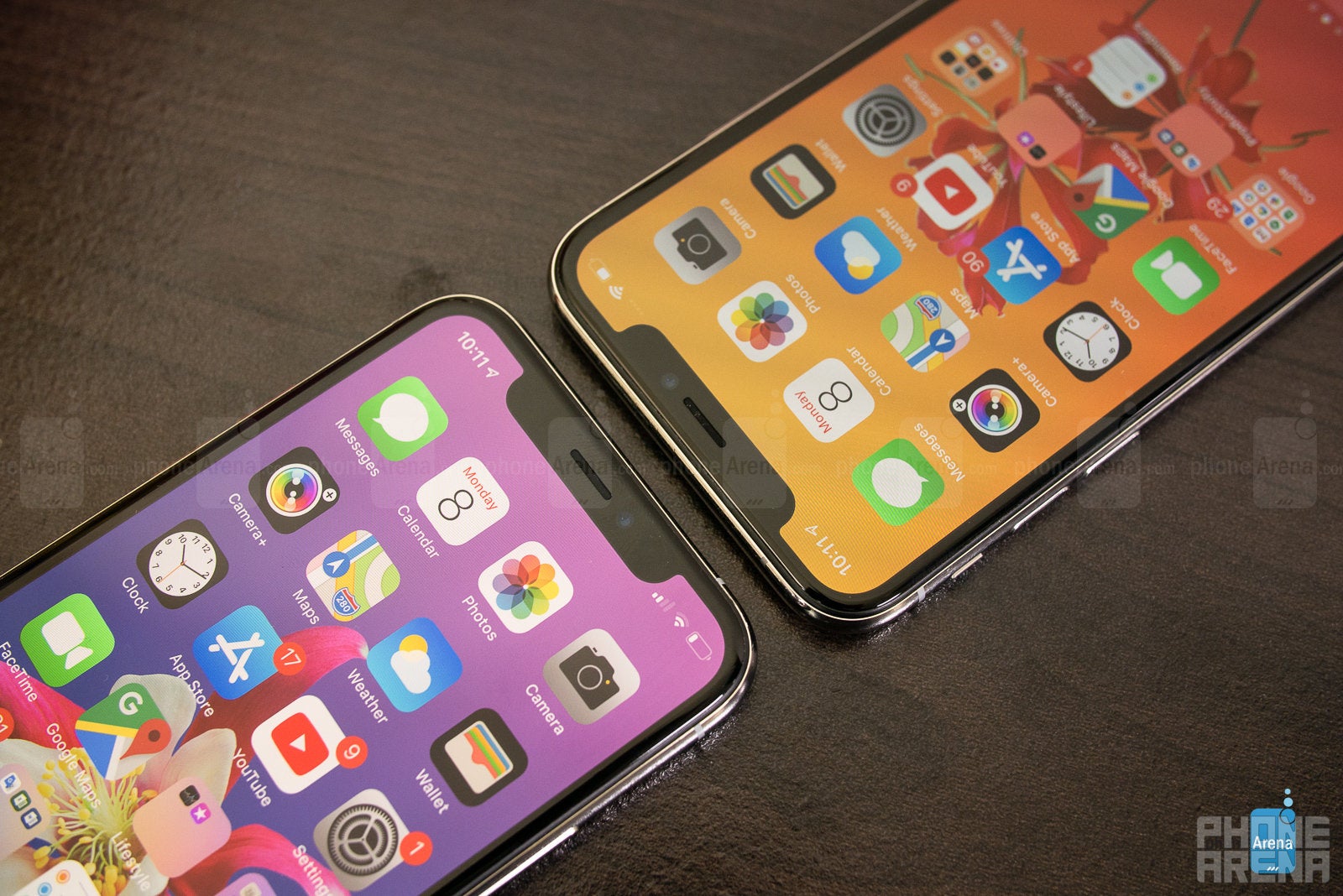
In all fairness, the improved characteristics of the XS are extremely small. Color reproduction in the sRGB color gamut chart is also spot-on with the two, so the evidence here points to the obvious that they’re almost identical. And you know what? That’s exactly what we witness when it comes to watching HDR content on either phone. With their vibrant colors, stunning clarity, and potent brightness, we have two evenly matched displays here with no real victor.
Interface
We’ll cut straight to the point here. There’s nothing different between the interface with both phones, considering that they’re running the most up-to-date version of the platform – iOS 12! Everything about them is identical, from the way they employ gestures, to the arrangement of the home screen, to even accessing certain settings and options through Control Center. There’s nothing different. This honestly shouldn’t be a shock because the beauty of iOS is its uniformity from device to device.
Performance and Memory

When it comes to synthetic benchmark tests, we definitely see a boost to the iPhone XS’ performance over its predecessor. However, when it comes to graphics processing, there’s not as much of a difference. Still, we need to take these results with a grain of salt, because what matters most is real-word usage. For anyone that has spent time using the iPhone X for the better part of the last year, they’ll probably attest to a slightly snappier overall response with the iPhone XS. We notice that ourselves in the first few days of using the iPhone XS, but in the greater scheme of things, the iPhone X’s performance is still remarkably responsive.
When it comes to storage options, Apple has kept the same 64GB and 256GB as before, but with the iPhone XS, they’ve introduced a 512GB model as well! At the time of this writing, the difference in price between the same capacity configurations for both iPhones is basically $100. Take for example Best Buy, which has the Verizon iPhone X 64GB selling for $900 – while the iPhone XS carries the typical $1000 cost. And the same $100 price difference applies to the 256GB versions!
Camera
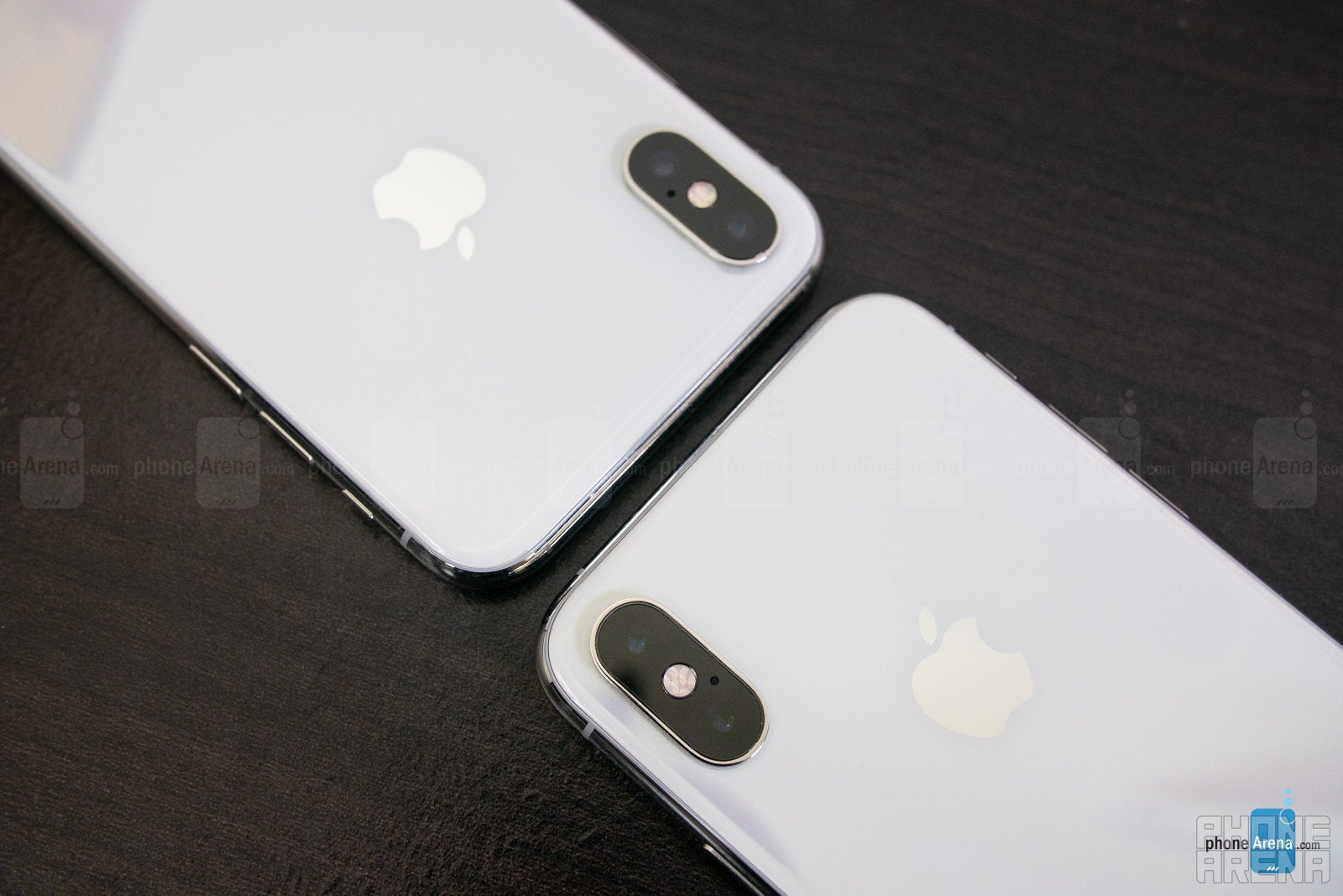
Image Quality
For this comparison, we shot photos with Auto HDR on the iPhone X and Smart HDR on the iPhone XS enabled. As expected, both iPhones produce outstanding results with their respective cameras. In many instances, even, it’s tough to discern differences in their qualities. However, those with a meticulous attention for detail will ultimately recognize that the iPhone XS is the superior one. Under ideal conditions when there’s an abundance of lighting, details are plentiful and colors are rich with the two – so don’t hesitate to use their zoom cameras as well when the occasion calls for it!
Where the iPhone XS truly delivers the goods is in its ability to apply HDR mode when necessary, which is good because this results in a more neutral exposure throughout the shot. When the iPhone X indeed decides to shoot HDR, the result is still quite good, but the iPhone XS’ HDR shots tend to boost the shadows a bit more to draw out a little bit more detail. Seriously, it’s a close call when it pertains to shots under ideal situations, but the iPhone XS does take the checkered flag in this department.
Selfies
Video Quality
As we mentioned already, the iPhone XS offers the same selection of video recording modes as its predecessor, including 4K at 60fps, time lapse, and 240p slow-motion videos at 1080p resolution. Videos look great on both, but the iPhone XS produces more favorable results with each situation.
Topping out at 4K resolution 60fps, there’s no denying the amount of details the two are able to capture. However, the iPhone XS seems to be better at stabilizing its footage by just a smidgen more – while gathering slightly sharper details in the process. And again, we have to point out how the iPhone XS does a better job at neutralizing the highlights and shadows to attain a more neutral exposure throughout the scene. In comparison, highlights can sometimes appear blown out with the iPhone X.
Multimedia
We already mentioned how the two displays mirror one another very closely with their performance. Apple, however, states that the new Super Retina OLED display of the iPhone XS produces a broader dynamic range, with around a 60% improvement in this area. For the majority of people, the most exposure they’ll get when it comes to viewing HDR content will be through YouTube or Netflix. And quite frankly, we don’t notice a ton of difference between the iPhone X and XS.
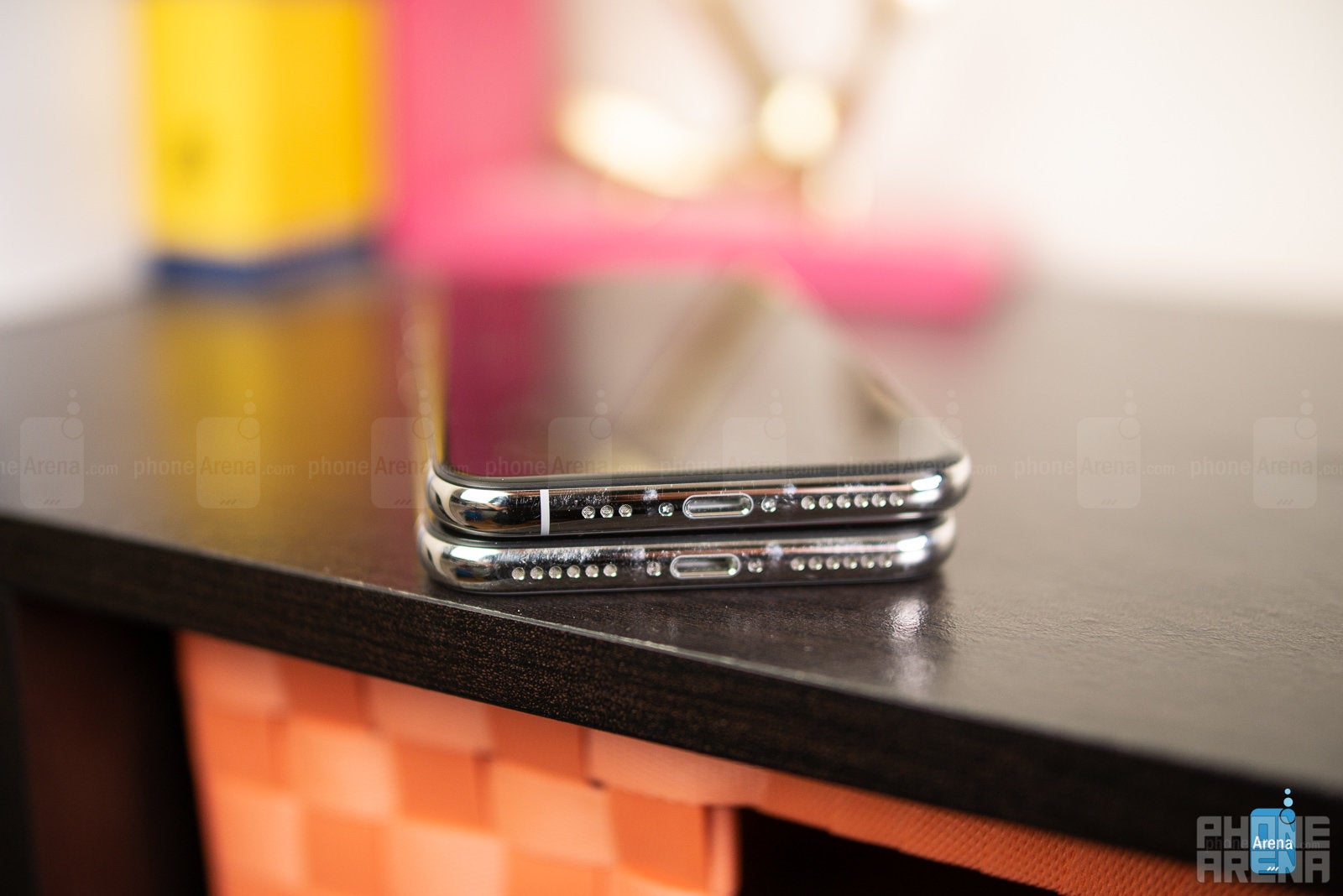
Call Quality
Again, we’re not finding any notable differences with phone call quality on either phone. Phone calls are loud and clear with both iPhones, especially with the robust tones coming from their earpieces, which makes voices audible in just about any situation. Moving over to their speakerphones, voices again resonate very strongly. And lastly, our callers on the other end of the line had no qualms with conversations.
Battery life
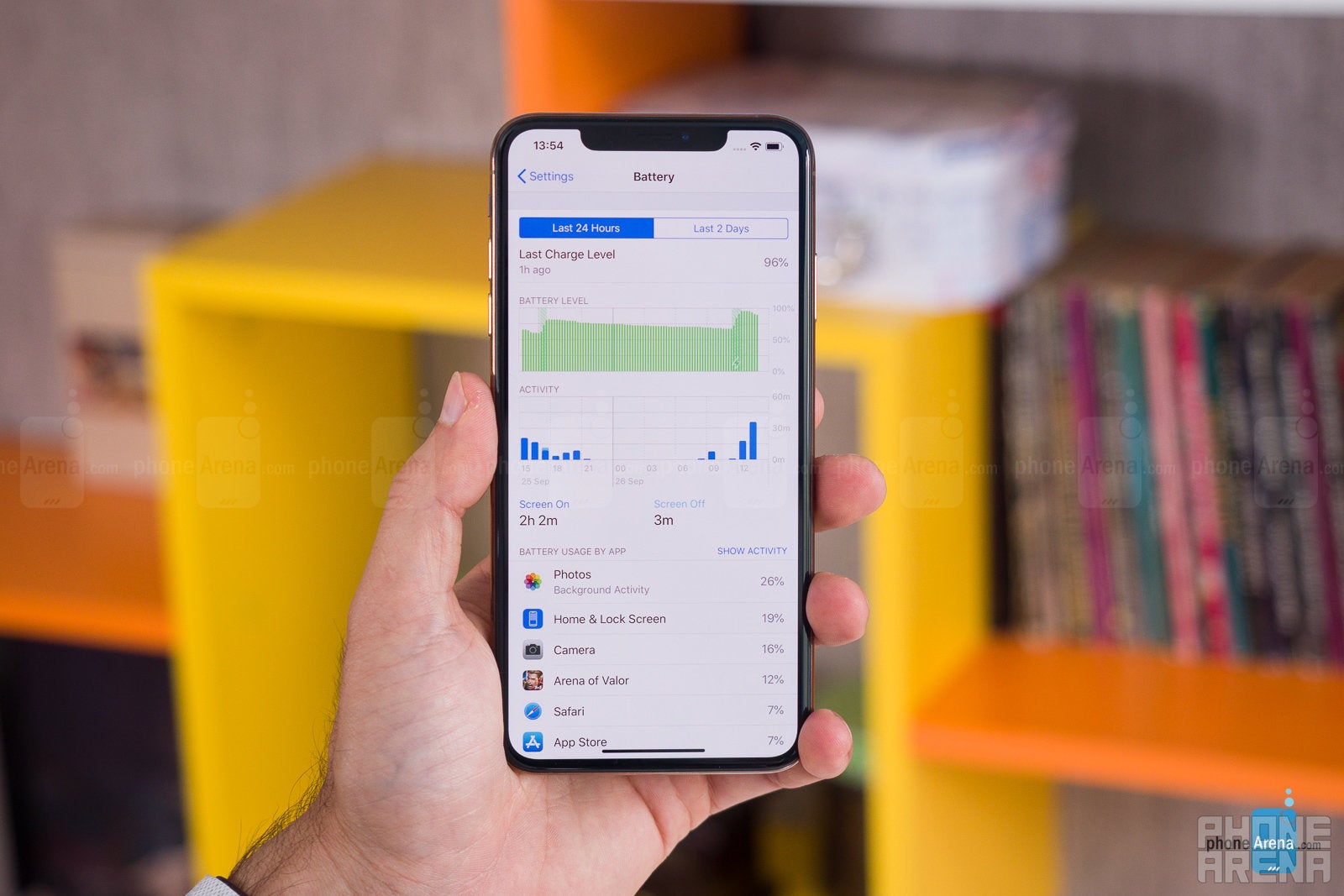
The iPhone XS supposedly ''lasts up to 30 minutes longer than the iPhone X''
Over on the recharging side, the two compile times that are very close to one another. The iPhone XS requires 189 minutes to fill up, while the iPhone X does it a smidgen faster with the included charger at 185 minutes. Finally, they both offer the convenience of wireless charging. Unfortunately for Apple, most users going from an iPhone X to iPhone XS won’t notice any change with battery performance.
Conclusion
Before closing out this comparison, there’s the matter of deciding a winner, right? If we’re to simply go through all the categories and inspect the results, there’s no arguing that the iPhone XS is the clear winner. From its improved water-resistant construction to the superior low-light performance of its dual camera and even the overall snappiness of the phone, the iPhone XS is the superior phone in every regard. But then again, pricing definitely can sway things. Currently, though, it appears as though that most retailers still selling the iPhone X give it a discount of about $100 over the newer iPhone XS.
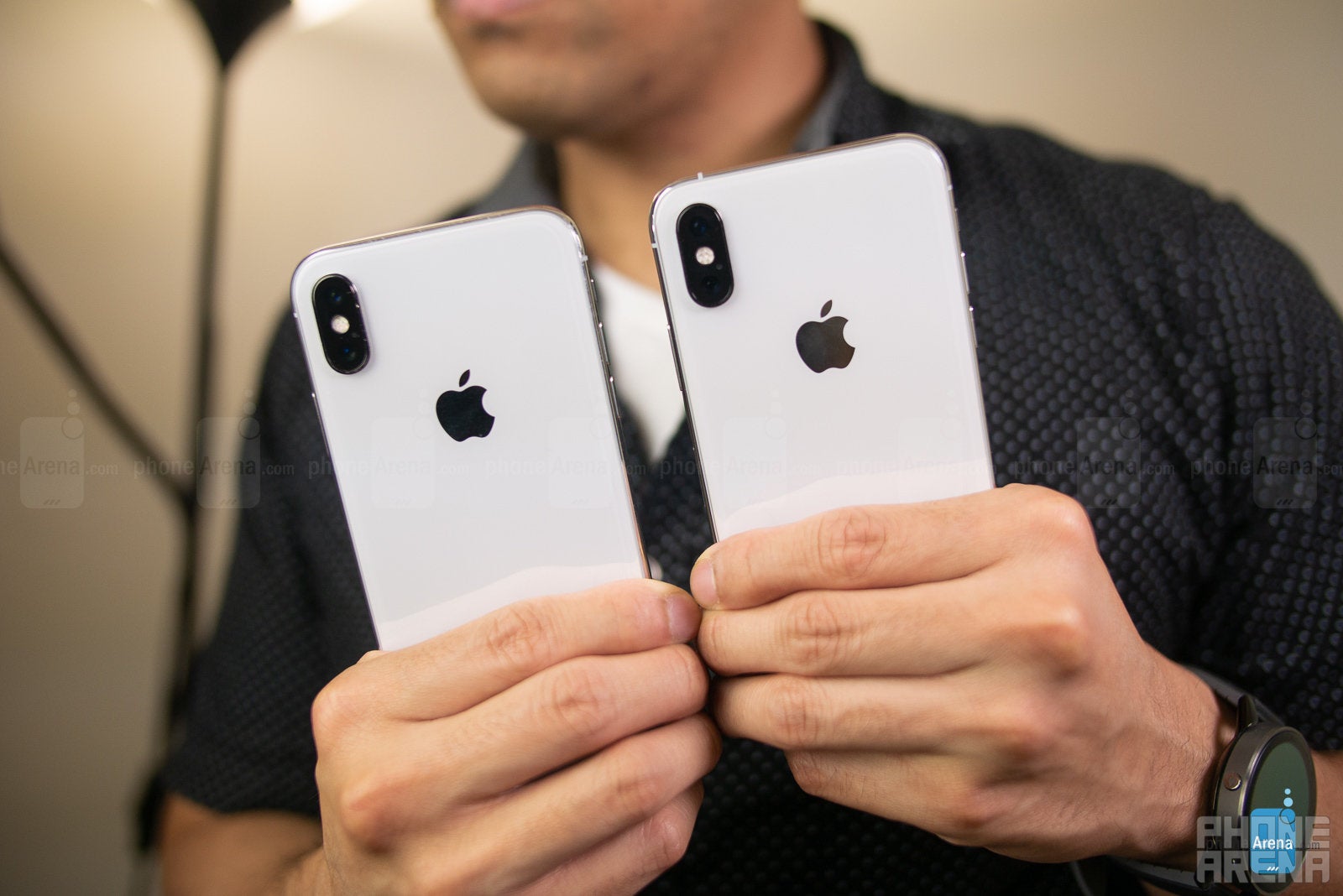
What if you’re a current iPhone X owner and considering an upgrade? Well, we feel that the iPhone XS doesn’t offer much over its predecessor to justify the jump up. When it comes to the core fundamental things, you’re getting the same exact experience with both phones. On top of that, the iPhone X’s camera is still reputable, capable of producing outstanding results. Seriously, you’re not missing out, more so given how you’ll need to fork over yet another $1,000 to pick up the new iPhone. Save yourself the money and don’t!
Follow us on Google News

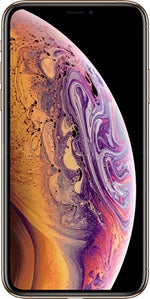
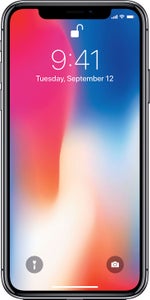











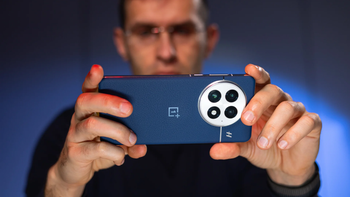

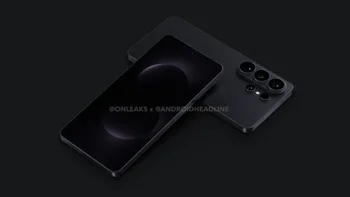






Things that are NOT allowed:
To help keep our community safe and free from spam, we apply temporary limits to newly created accounts: